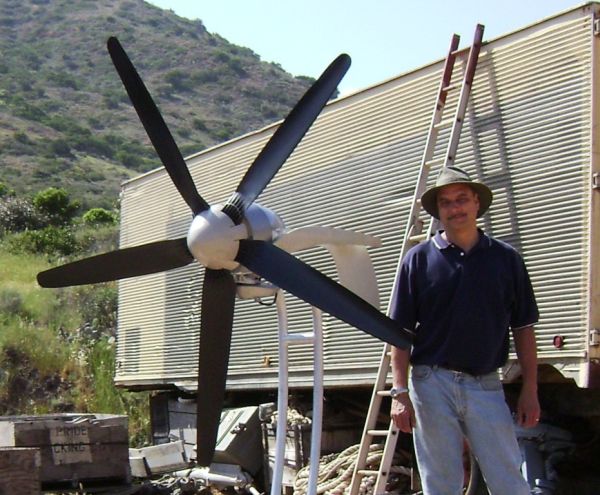NASA space exploration programs cost earth heavily; in fact, a single space shuttle carries 500,000 gallons of fuel for a single exploration. For conservationists this loss of precious resource has been a cause for heartburn and perturbation, however, NASA has also done phenomenal amount of good work in trying to find alternative energy sources for the planet through its space explorations.

Alternative Energy Research
NASA primarily uses clean-burning hydrogen fuel in the space shuttle and directs most of its research into fuel for earth-bound technologies. There are studies being conducted in NASA to create clean fuel for life on Earth. One of NASA’s ideas for renewable energy is research in new ways to recycle wastewater on missions. NASA scientists have also developed a method of producing oil from algae.

Research on Air Quality
One of NASA’s most successful researches has been in the area of observational technology, which is an advanced technique for assessing Earth’s air quality. The High Spectral Resolution Lidar (HSRL) uses laser beams to measure aerosols that are particles in the air. NASA has teamed up with environmental agencies to measure smoke aerosols emitted in catastrophes such as wildfires using this technology.

NASA’s environmental education
NASA has contributed greatly in educating the people about Earth, while teaching us different ways to help sustain the environment and thus planet. The Earth Observatory is a repository of knowledge for spreading awareness on Earth-related issues. Anyone with internet access can experience some incredible views of Earth such as a close-up orbital view of extreme weather. Scientists and educators globally use the website for studying Earth sciences. In addition, NASA’s FIRST program is an international robotics competition for students that are held annually for students and aspiring engineers globally.

Research on Climate Change
NASA is doing extensive research on climate change issues within the organization and it is also lending it is also lending some of its technological innovations to other scientific research organizations. Two of its airborne radars have been sent to Iceland and Greenland to study the glaciers flow and map the surface topography of the areas’ ice. The findings of this mission will help scientists understand the effects of global warming better. NASA also has carbon-detecting satellites to measure emissions from Asian wildfires. The Asian wildfires between 1997 and 1998 caused emissions that accounted for 40% of the world’s carbon output.
Summary:
NASA’s space exploration and research projects are primarily motivated by finding alternative resources to support life on Earth. Many of its technologies have been adopted in conservation work successfully in large scale.



